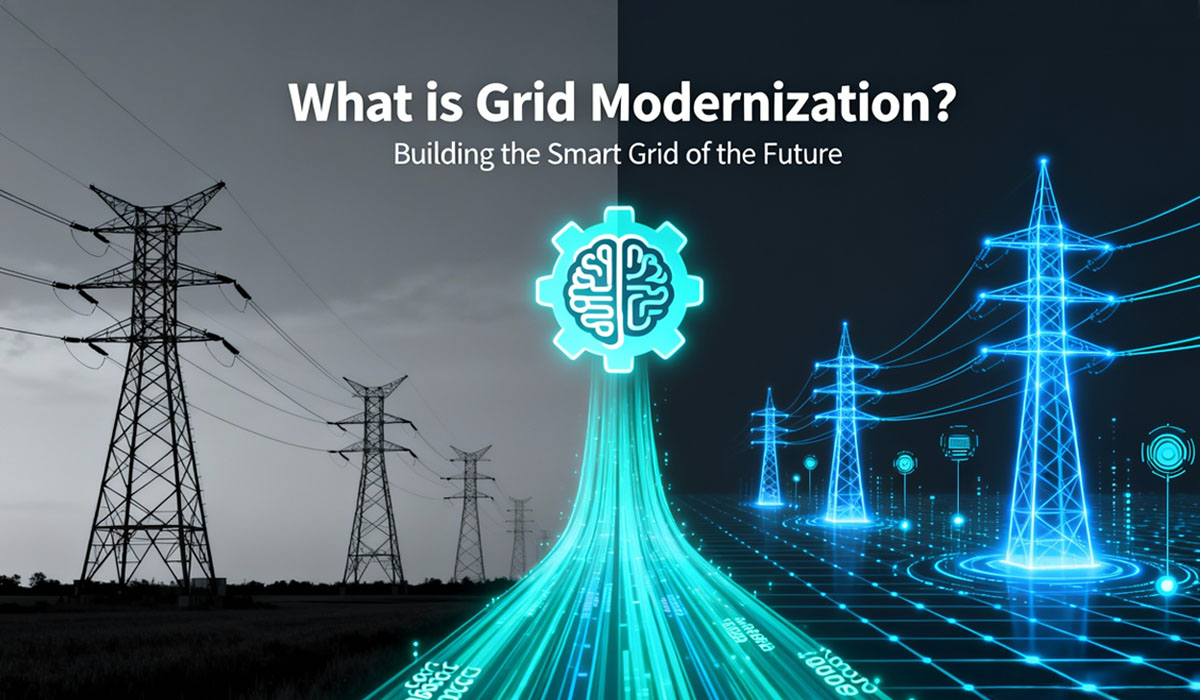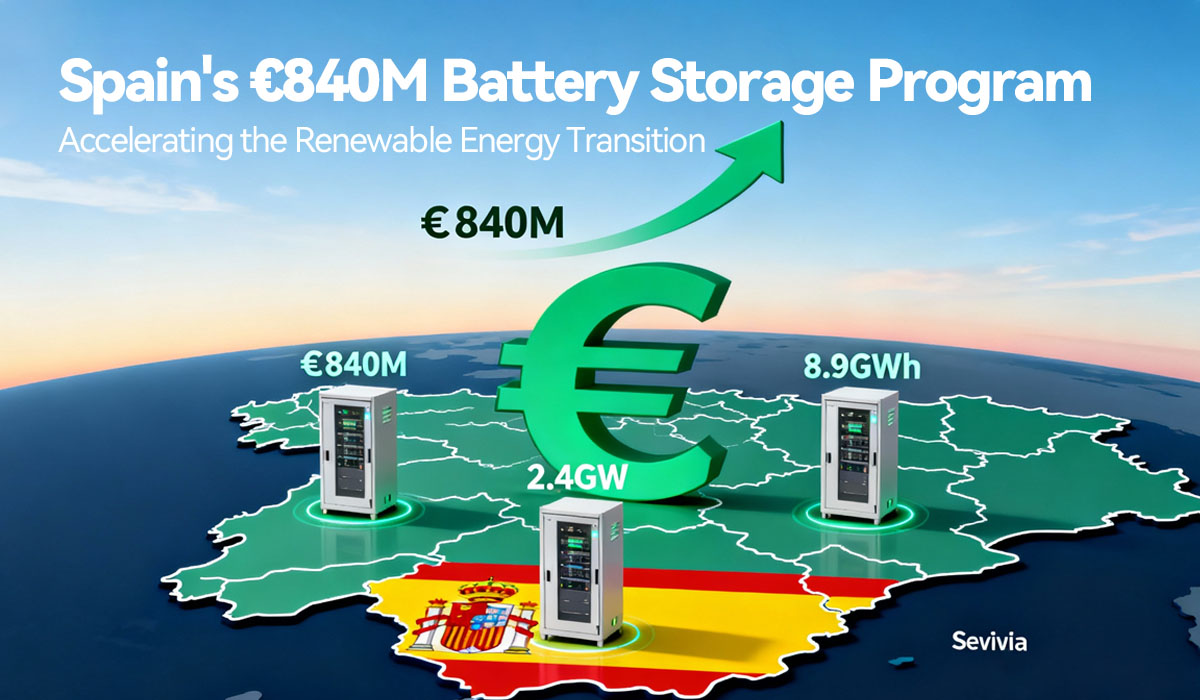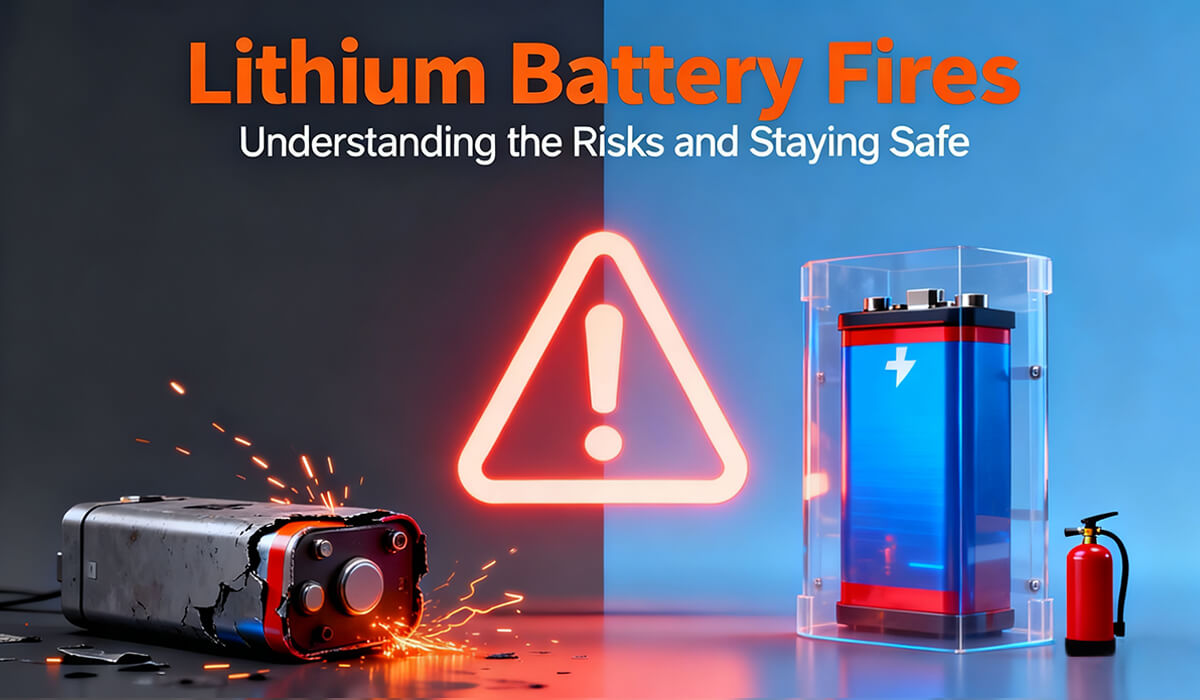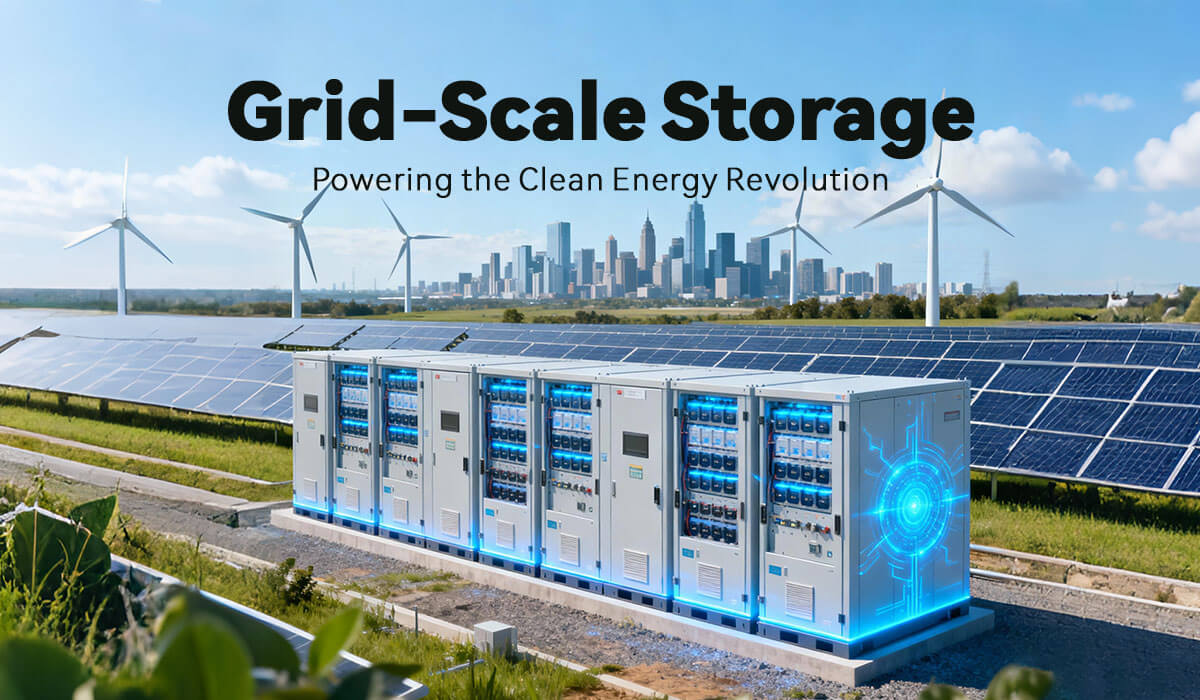Blog
Blog
Energy Storage Battery Cluster-to-Cluster Circulation: Causes and Countermeasures
Published by Dawnice, February 19, 2025
I. What is Loop Current?
Loop current typically describes the current flowing in a closed circuit. In electrical circuits, it refers to the current loop formed within a closed circuit.
Voltage Current Loop (VCL) is a concept in power system analysis that deals with the interaction of voltage and current in a power system. Specifically, it refers to the flow of current in a closed circuit due to the interaction between voltage and current. This loop current can impact the stability and efficiency of the power system.
Proper management of loop current is critical for the operation of power systems, as it affects efficiency, stability, and safety. With appropriate design and control strategies, unnecessary loop currents can be minimized, enhancing the operational efficiency of the power system.
Inter-cluster loop current in an energy storage battery compartment occurs when multiple clusters are connected in parallel, and inconsistencies in voltage or internal resistance cause current to flow between clusters instead of toward the load or grid. This phenomenon can lead to energy loss, increased heat generation, accelerated battery aging, and potential safety issues. Below, we explore the causes and countermeasures for this issue.
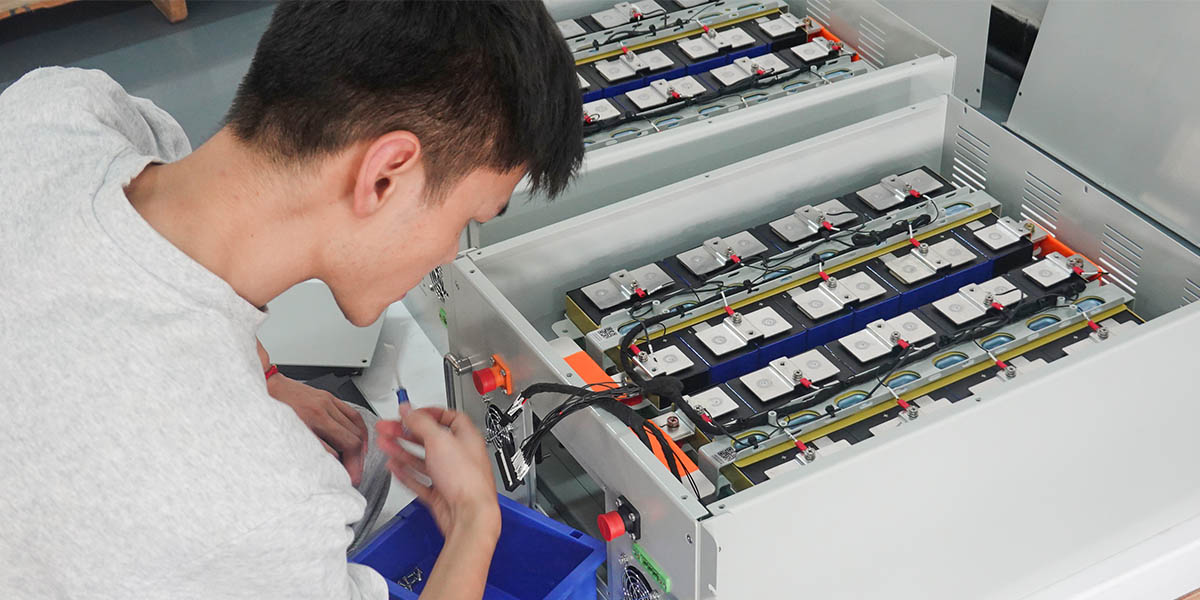
II. Understanding the Energy Storage Loop Current Phenomenon
- Voltage Inconsistency Between Battery Clusters
When battery clusters are directly connected in parallel, voltage inconsistencies can generate loop currents. These currents cause energy to transfer between clusters rather than flowing to external loads. - Differences in Internal Resistance
Variations in internal resistance between clusters can cause current to flow preferentially through clusters with lower resistance, leading to loop currents. This can result in heat generation and accelerated battery aging. - Loss of Usable Capacity
Loop currents prevent battery clusters from fully charging and discharging, leading to capacity loss, temperature increases, and accelerated battery degradation. This reduces the overall usable capacity of the battery system.
III. Countermeasures
- Decentralized Energy Storage Technology
Each battery cluster is individually connected in series with an energy storage converter. Multiple converters are paralleled on the AC bus side rather than the DC side. This approach eliminates inter-cluster loop currents and allows for individual cluster management or fault isolation. - Distributed Energy Storage Technology
Each battery cluster is connected in parallel on the DC side after a DC transformer (DC/DC) ensures uniform voltage. This method resolves loop currents caused by voltage differences between clusters. - String Energy Storage Technology
Similar to the decentralized approach, but DC convergence is achieved through multiple smaller-capacity converters rather than a single large converter. This reduces the impact of a single converter failure on the entire system. - High-Voltage Cascade Direct-Hanging Type
Each energy storage unit consists of H-bridges and independent small battery stacks. Multiple units are connected in series to achieve a specific voltage for direct connection to the AC grid. This method eliminates parallel connections between clusters, preventing loop currents. - Battery Management System (BMS)
A BMS can accurately control voltage and current in battery clusters, reducing loop currents and improving cluster consistency. - Thermal Management
Implementing an effective thermal management system ensures uniform temperatures between clusters, minimizing loop currents caused by temperature differences. - Fire Protection System
Designing a fire protection system with single clusters as the smallest control and isolation unit allows for quick isolation of faulty areas, reducing the impact of accidents.
IV. Inter-Cluster Loop Current in Energy Storage Battery Clusters
Inter-cluster loop current refers to the current flowing between battery clusters. In each cluster of series-connected PACKs, slight differences in cell internal resistance can lead to charge and discharge imbalances, causing inter-cluster loop currents. These currents disrupt battery balance, shorten battery life, and may cause damage, making them a critical issue to address.
V. Causes of Inter-Cluster Loop Current
- Inconsistency of Single Cells
Variations in the internal resistance of single cells are a primary cause of inter-cluster loop currents. These inconsistencies lead to charge and discharge imbalances, resulting in loop currents. - Large-Scale Battery Systems
In single-cluster 1500V systems, a cluster typically consists of 416 cells in series, with prefabricated compartments containing 9 or 12 clusters. The large number of cells makes it essential to screen and match cells during manufacturing to ensure consistency.
VI. Countermeasures for Inter-Cluster Loop Current
- Cell Matching
Strictly sort and group cells during manufacturing to ensure consistency. - Active Equalization
Use a BMS for dynamic battery equalization to reduce voltage differences between cells, thereby minimizing loop currents (though the effect may be limited). - Circuit Adjustment
Adjust system circuit design to avoid parallel connections between battery clusters or optimize BMS logic to reduce loop currents.- 3.1 DC Transformer (DC/DC) Integration
Connect each battery cluster through a DC transformer to ensure uniform voltage before parallel connection on the DC side. This resolves voltage-related loop currents but increases component costs and energy losses. - 3.2 Optimize Power Logic
Balance loop currents between clusters by optimizing the logic for power distribution.
- 3.1 DC Transformer (DC/DC) Integration
- Pre-Charging Resistor for Current Limiting
Utilize pre-charging resistors in the battery cluster high-voltage box for loop current equalization. These resistors protect the main positive contactor from high-current impacts and help balance loop currents between clusters.

